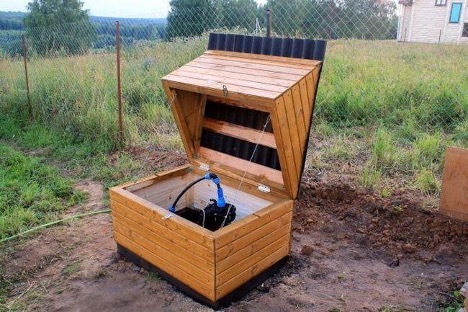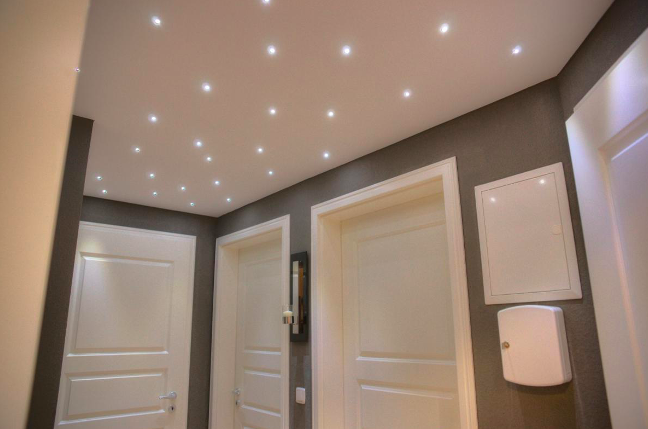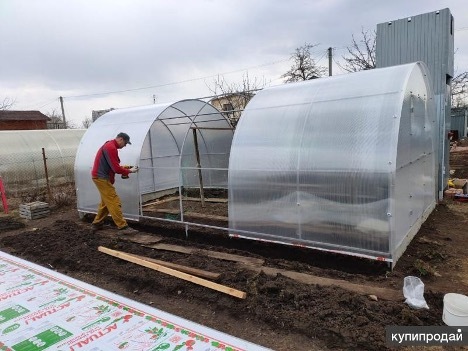A well on a site is not only an important source of water, but also a landscape element that requires a competent approach to design and protection.
How to decorate a well in a country house? A question that interests many country property owners. Decorating begins with determining the style of your site. It can be a classic landscape design, a rustic style or a modern design. Depending on the chosen style, you can use various materials and plants to beautifully decorate the well on the site.
To begin with, it is worth ensuring the safety of the well by installing a protective casing or decorative well on it. This will not only hide the well from view, but also protect it from debris and small animals. It is also important to consider the safety of children and pets who may be playing nearby.

The content of the article
- Protective measures: reliable and aesthetically pleasing
- Preservation for the winter: ensuring durability
- Selection of materials for decoration
- Mistakes when decorating a well
- Step-by-step process of well conservation
Protective measures: reliable and aesthetically pleasing
What security measures can be used to protect a well from thieves and keep it safe? One option is to install locks and locking devices on the well cap. However, in addition to practical solutions, there are also decorative ones. You can use a variety of landscape elements such as sculptures or artificial boulders, which will not only decorate the well, but also make its access extremely difficult for outsiders.
Preservation for the winter: ensuring durability
Before the onset of cold weather, it is important to know how to preserve a well for the winter. Winter preservation is important to prevent freezing and damage to the well. A complete drainage procedure must be carried out to eliminate the possibility of water freezing inside the system. Additionally, it is recommended to insulate the external elements of the well using special insulating materials.
Selection of materials for decoration
When choosing materials for decorating and protecting a well, you should take into account their resistance to external factors and harmonious combination with the surrounding landscape:
- wood creates a cozy and natural look;
- stone ensures reliability and durability;
- Living plants add beauty and fragrance.
- decorative elements such as sculptures, windmills, small fountains decorate the area near the well.
These materials will help you not only understand how to close the well, but will also give it individuality and style. Do not forget about harmony with the overall design of the site, so that the well becomes a natural and functional part of it.
Mistakes when decorating a well
Decorating a well on a site can be not only a way to give it aesthetic appeal, but also a means of protection. However, it is easy to make mistakes in this process that can lead to undesirable consequences.
One of the most serious mistakes is ignoring safety measures when decorating. How to beautifully design a well on a site without detracting from the importance of safety? Always install secure covers and locks to prevent people and animals from accidentally falling into the well. Do not allow decorative elements to become a hazard.
When decorating, it is important to remember that access to the well must remain free for maintenance and repair. How to decorate a well in a country house without creating problems for technical specialists? Avoid installing heavy or immovable structures that may complicate access to the well.
The choice of decorative materials is critical. The use of unsuitable or low-quality materials can lead to rapid wear and tear and the need for frequent renovation of the decor. How to seal a well to ensure longevity? The optimal choice is materials that are resistant to moisture, temperature changes and direct sunlight.
The climatic conditions on your site can greatly affect the durability of decorative elements. Not taking them into account means risking the decor being damaged by frost in winter, and fading in the sun in summer. How to preserve a well for the winter and protect the decor? Use insulation and choose materials designed for use in all seasons.
By avoiding these mistakes, you will not only be able to decorate the well, but also ensure its reliable and safe operation for many years.

Step-by-step process of well conservation
Before starting work, make sure you have all the necessary tools and materials. Turn off power to the pump and other equipment associated with the well to ensure safety during the procedure.
Draining the system:
- Open all water taps in the house and area to drain the system.
- If a submersible pump is used, carefully remove it to prevent it from freezing.
- Make sure all water is completely drained from the pipes and pump to avoid ruptures if frozen.
Preservation of the pump and equipment:
- if the pump is not removed for the winter, use special antifreeze for water supply systems to prevent the remaining water from freezing;
- Wrap the pump and adjacent pipes with insulation, especially if they are located in unheated rooms or outdoors.
Borehole protection:
- How to close the well? Install an insulating cap or casing over the well to prevent cold and debris from getting inside.
- Additionally, you can wrap the external elements of the well (such as pipes) with special insulation.
Checking and finishing touches:
- check that all system elements are securely closed and insulated;
- Make sure water taps remain open throughout the winter to prevent a vacuum from creating and damaging pipes when they expand due to freezing water.
- Carry out a visual inspection of the entire system to ensure that no parts are left exposed to frost.
After completing these steps, your well will be ready for winter. It is important to remember that the conservation of a well is a responsible task, the correct execution of which determines its durability and safety of use.


